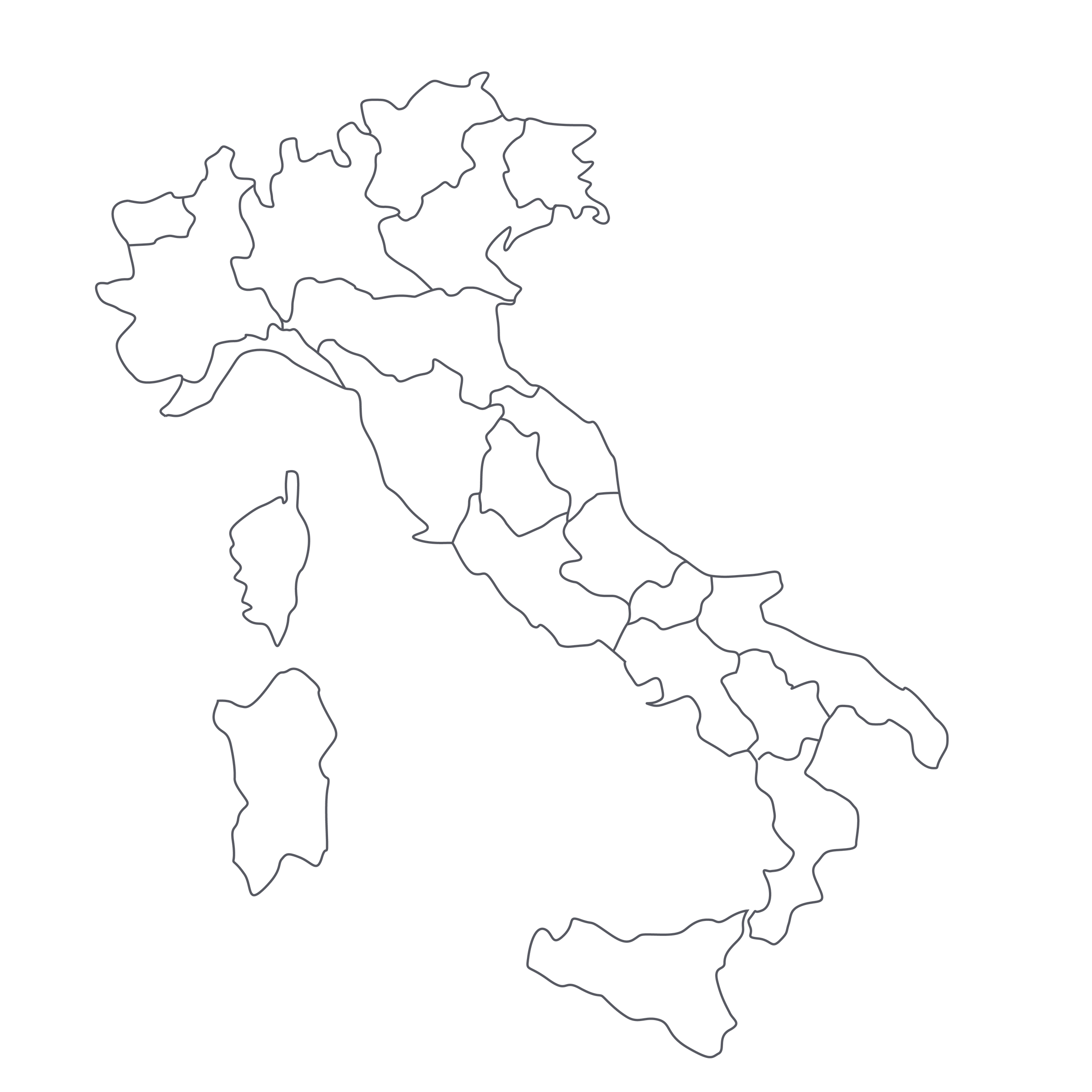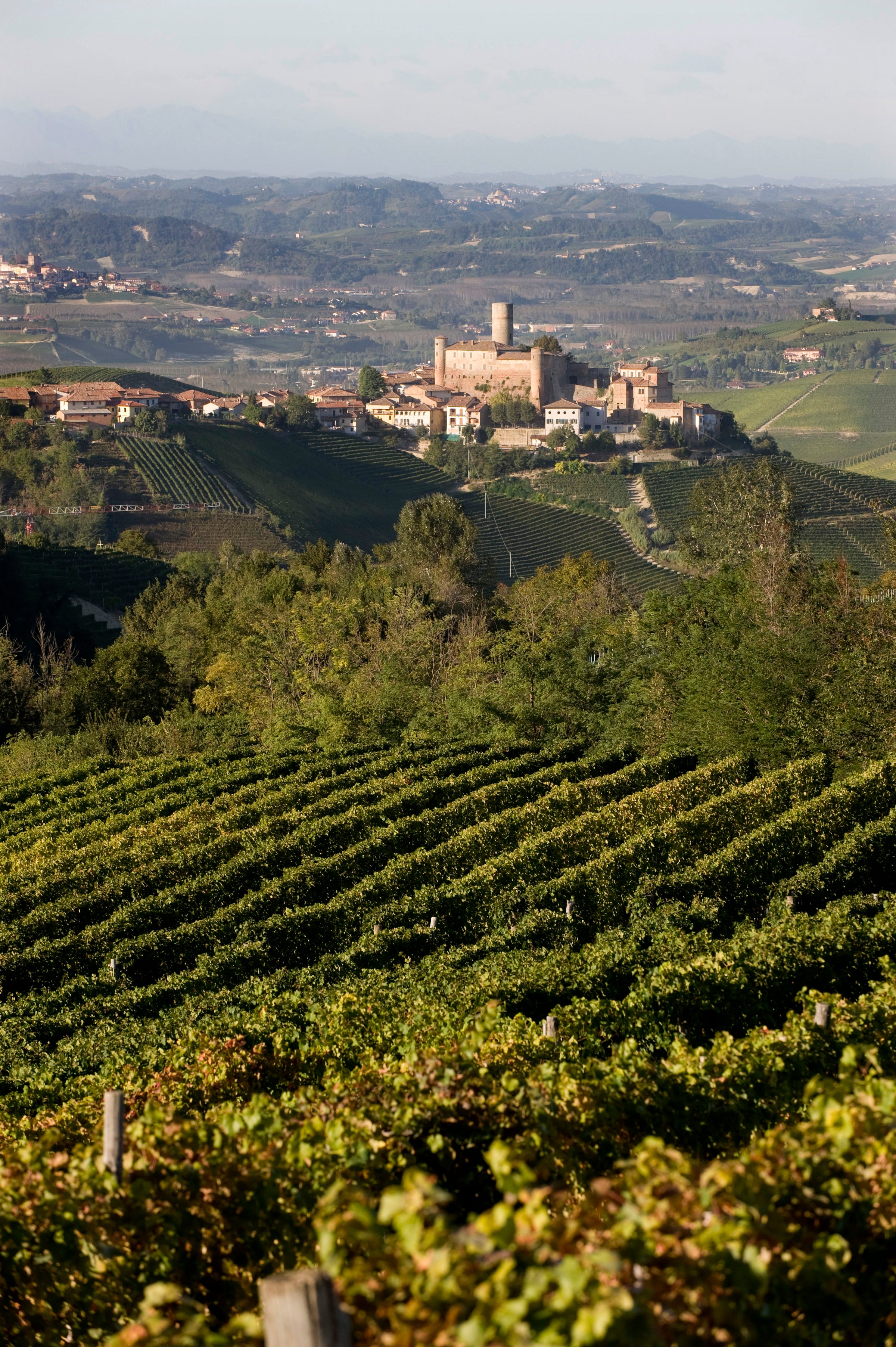A couple of decades ago Sicilian wine got almost zero respect from the wine cognoscenti. Ironically, a lot of it left the island in bulk, to be blended anonymously into wines that were treated with respect–but that’s all in the past. Sicily is a world-class wine destination, capable of across-the-board excellence (white, red, sparkling, sweet, you name it), and one of the totems of Sicilian wine is Cerasuolo di Vittoria. This classic and highly intuitive blend of the native reds Nero d’Avola and Frappato has been hiding in plain sight for decades, proving unequivocally that Sicily can do finesse and nuance long before Etna Rosso became the trendy sommelier pick. Our hands down favorite version hails from Cantina Horus, with what amounts to an Emeritus Professor giving a master class on the style. Giuseppe Romano is the veteran vignaiolo behind Cantina Horus, and “Pittore Contadino,” despite all the worthy competition, may be the ultimate expression of Cerasuolo di Vittoria. It’s a limited-production rarity, but you wouldn’t know it from the price—a pittance for a wine of real importance. If you love Italian wine, this is a must-have.
Cantina Horus is headquartered in the town of Acate, in Sicily’s Ragusa province (which, incidentally, is also the home of the well-known Valle dell’Acate winery, where Romano was the longtime winemaker). Acate is about 10 minutes or so from Vittoria, the namesake town of the Cerasuolo di Vittoria appellation, which covers a broad plateau in the island’s southeasternmost corner. Cerasuolo di Vittoria is the first and only DOCG on the island of Sicily, and though it is a sprawling “Grand Cru” appellation, only two grapes are authorized for use: the Syrah-esque Nero d’Avola and the spicy, strawberry-scented Frappato. Because of the “di” in the Cerasuolo di Vittoria Classico, some consumers may be tempted to think of Cerasuolo as a grape variety, like Barbera d’Asti or Sangiovese di Romagna, but in this case, it refers to the actual nomenclature of the word (cerasa = Sicilian dialect for ‘cherry’).
The Horus property, extending over more than 100 hectares of land, is a Certified Organic Mediterranean paradise growing grapes, almonds, and olives. Natural fertilizers are used to enrich the soil, rose bushes line each row of vines, and pest-fighting organisms are deployed throughout to protect the crop and promote biodiversity. “Pittore Contadino” loosely translates to “peasant artist” and is an homage to a local painter by the name of Francesco Giombarresi (a kindred spirit of Giuseppe Romano to be sure). This bottling is an equal split of Nero and Frappato, both of which are vinified separately before blending and 12 months of maturation. After bottling, the wine is then aged for six additional months—to tack on “Classico” to Cerasuolo di Vittoria, a wine must see 18 total months of aging before release.
There’s a reason the appellation was named for a cherry: The wine looks, smells, and tastes like a fusion of Morello, Maraschino, and wild black cherries. It erupts from the glass when poured, unfolding in layers of plush red-black fruit and refreshing waves of crushed minerals, damp clay, soft spice, and a light smokiness. With additional age, the cherry fruit has deepened and broadened into something almost Luxardo or Kirsch-like, all while retaining the tangy, bright notes of the Frappato (citrus peel, fresh-cut strawberry). It’s amazing how the Frappato (acid, energy) and Nero d’Avola (fruit, color) play off one another to create a coherent, utterly delicious whole. That sum-of-its-parts sensation doesn’t always happen in blends, so it’s always fun to experience it! It is luscious and softly tannic, so only 15 minutes are required in a decanter before serving close to cellar temperature in Burgundy stems. Pairing possibilities are myriad, just keep it Sicilian. Cheers!






